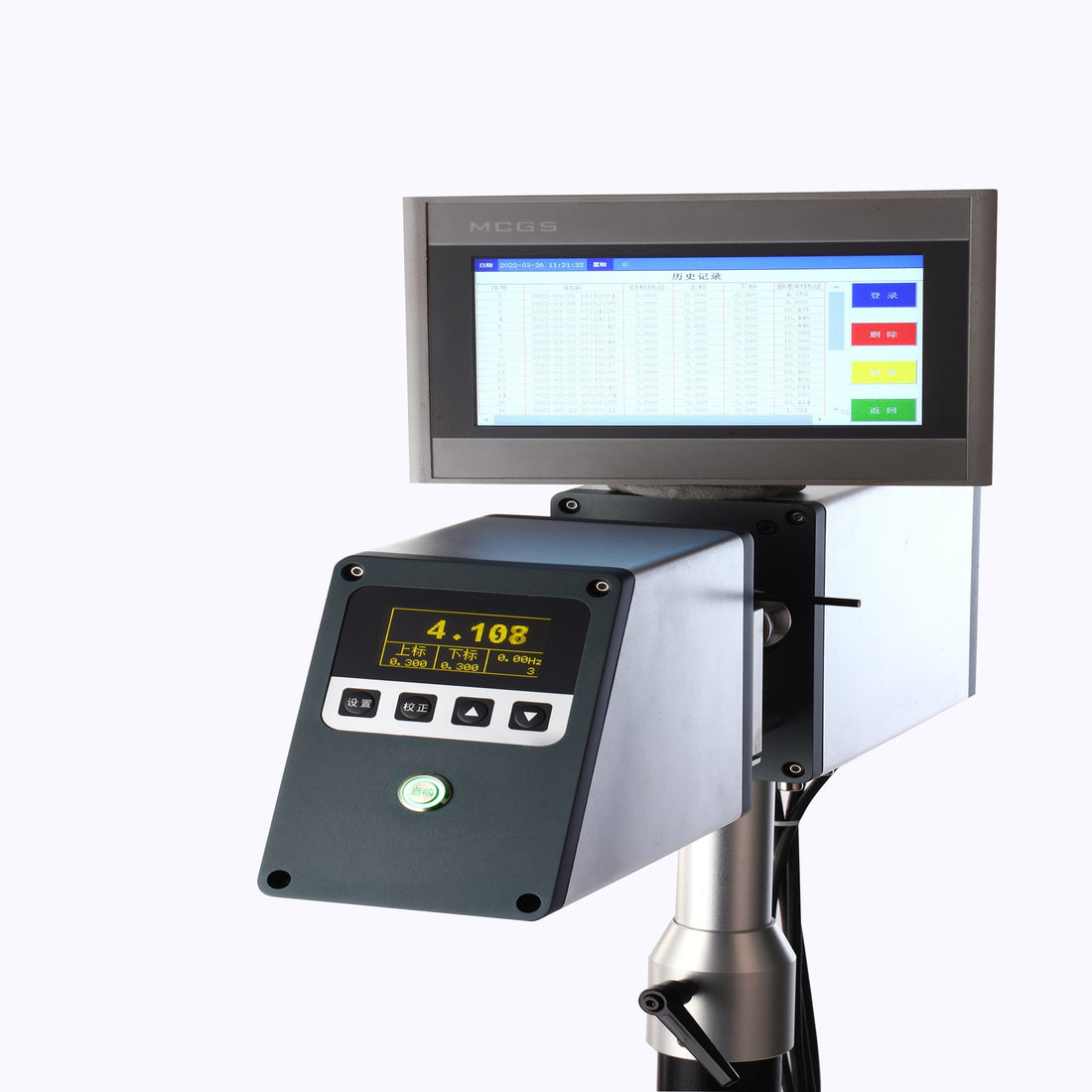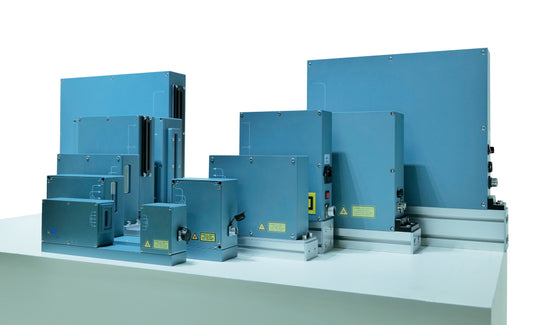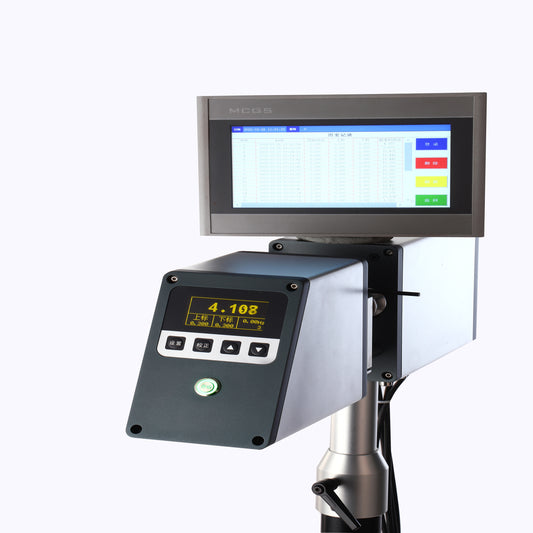
How Laser Micrometers Achieve Micron-Level Accuracy? - In-Depth Explanation of Optical Measurement Principles
Share
In the field of industrial precision measurement, laser micrometers have become core inspection equipment for industries such as cables, pipes, and metal processing due to their advantages of non-contact operation, high speed, and micron-level (μm) accuracy. But how do they break through physical limits to achieve such high measurement precision? This article will delve into their optical principles and key technologies.
I. Core Principles: Three Technical Approaches of Laser Scanning
The accuracy of laser micrometers depends on their optical design, with mainstream technologies divided into the following three categories:
1. Laser Scanning Method
Principle: A high-speed rotating polygonal mirror converts the laser beam into a scanning beam, and the diameter is calculated by measuring the time difference of the laser passing through the edges of the object.
Accuracy: ±1μm (affected by scanning speed and photoelectric sensor response time).
Advantage: Suitable for high-speed moving objects (e.g., copper wires on production lines at 800m/min).
2. Laser Diffraction Method
Principle: Utilizes diffraction patterns generated when the laser passes through the edges of an object, calculating the diameter based on the fringe spacing (using the Fraunhofer diffraction formula).
Accuracy: ±0.5μm (but sensitive to environmental vibrations).
Applications: Ultra-fine wires (e.g., optical fibers, medical catheters).
3. CCD Imaging Method
Principle: The object is illuminated by parallel laser light, and a CCD sensor captures the shadow image, calculating dimensions through pixel analysis.
Accuracy: ±2μm (limited by lens resolution).
Advantage: Can simultaneously measure parameters like contours and ellipticity.
II. Four Key Technologies for Achieving High Precision
Even with the above principles, actual accuracy is still affected by multiple factors. Leading manufacturers ensure stability through the following technologies:
1. Temperature Compensation Technology
Issue: Laser wavelength drifts with temperature (e.g., a 0.1°C change may cause a 1μm error).
Solution: Built-in temperature sensors + dynamic algorithmic correction.
2. Edge Detection Algorithm
Challenge: Surface reflections or burrs may cause misjudgment.
Innovation: AI grayscale analysis (distinguishing real edges from noise), e.g., using blue laser light to enhance contrast for transparent plastic tubes.
3. Multi-Beam Synchronous Detection
Application: For measuring eccentricity or ellipticity, 2-4 sets of cross-scanning lasers are used, improving reliability through data fusion.
4. Dynamic Compensation Mechanism
Example: For hot-rolled steel expanding due to high temperatures, the micrometer automatically converts measurements to room-temperature values based on thermal expansion coefficients.
III. Precision Validation in Practical Applications
Users often ask: "Can the claimed ±1μm accuracy really be achieved?" The answer depends on the following practices:
1. Calibration Standards
Must use certified gauge blocks (e.g., ISO 9001-calibrated reference rods) for regular calibration.
Environmental requirements: Temperature 23±2°C, humidity 50%±10%, no strong vibrations.
2. Material Adaptability Testing
Reflective materials (e.g., copper): Adjust laser power or add polarizing filters.
Transparent materials (e.g., glass tubes): Switch to shorter wavelengths (e.g., 405nm blue laser).
Professional Recommendation: Yufeng High-Precision Laser Micrometers
On the path to micron-level accuracy, choosing reliable equipment is critical. The Yufeng Laser Micrometer Series integrates all the advanced technologies mentioned above and offers the following guarantees:
-
Ultra-high precision: Up to ±0.2μm (YF-25 model), meeting stringent industrial standards.
-
Smart adaptation: Automatic temperature compensation + multi-material modes (supports reflective/transparent materials).
-
Industrial durability: IP65 protection rating, suitable for harsh workshop environments.
-
Comprehensive model coverage: Measurement ranges from 0.2mm to 450mm, adaptable to various scenarios.
Model YF-25 YF-70 YF-100 Measuring Range 0.2-25mm 1-70mm 0.2-100mm Accuracy ±0.2μm ±0.01mm ±0.01mm Repeatability 0.001mm 0.001mm 0.001mm Scanning Speed 600 scans/sec 600 scans/sec 600 scans/sec Power Supply DC-24V/4A DC/110-220V DC/110-220V Power Consumption <15W <15W <15W Operating Temp. 5~45°C 5~45°C 5~45°C Humidity <80% (no condensation) <80% (no condensation) <80% (no condensation)
Conclusion
The micron-level accuracy of laser micrometers is not the result of a single technology but rather a systematic integration of optical design, algorithmic optimization, and environmental control. When selecting a device, users should match the appropriate technical solution based on material properties (reflective/transparent) and speed requirements (static/dynamic).
Have you encountered challenges with measurement accuracy? Share your industry case studies in the comments!


